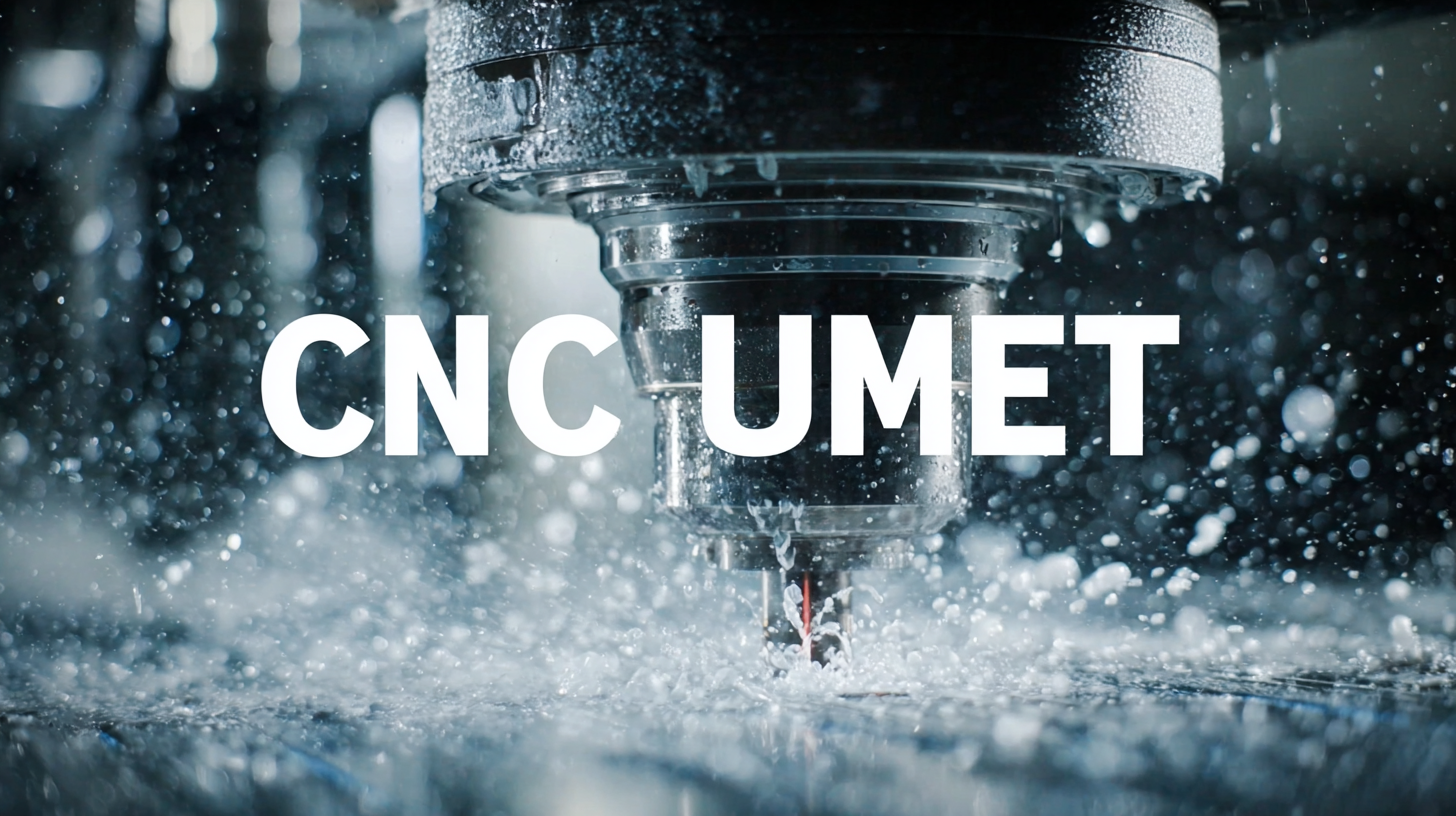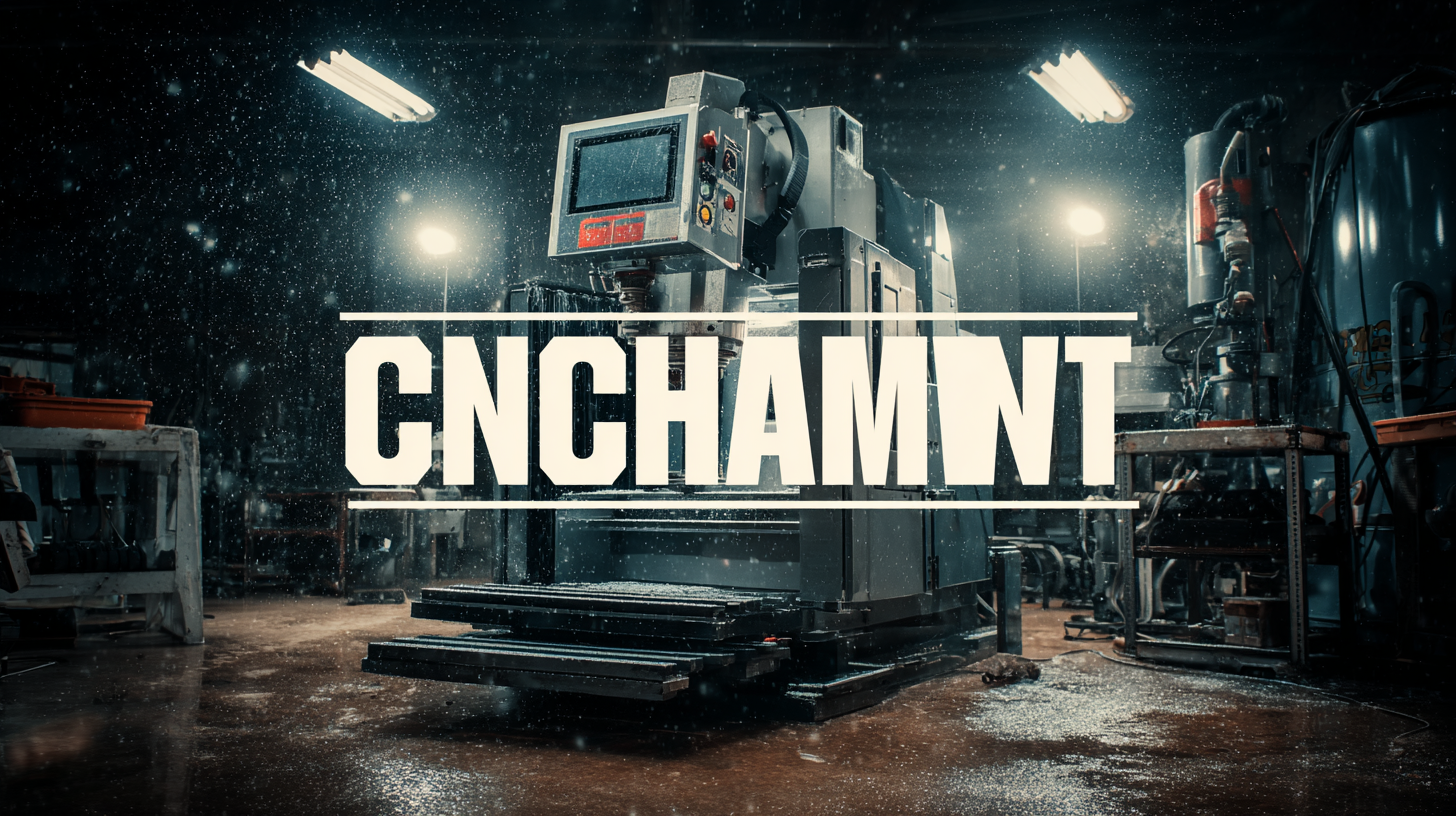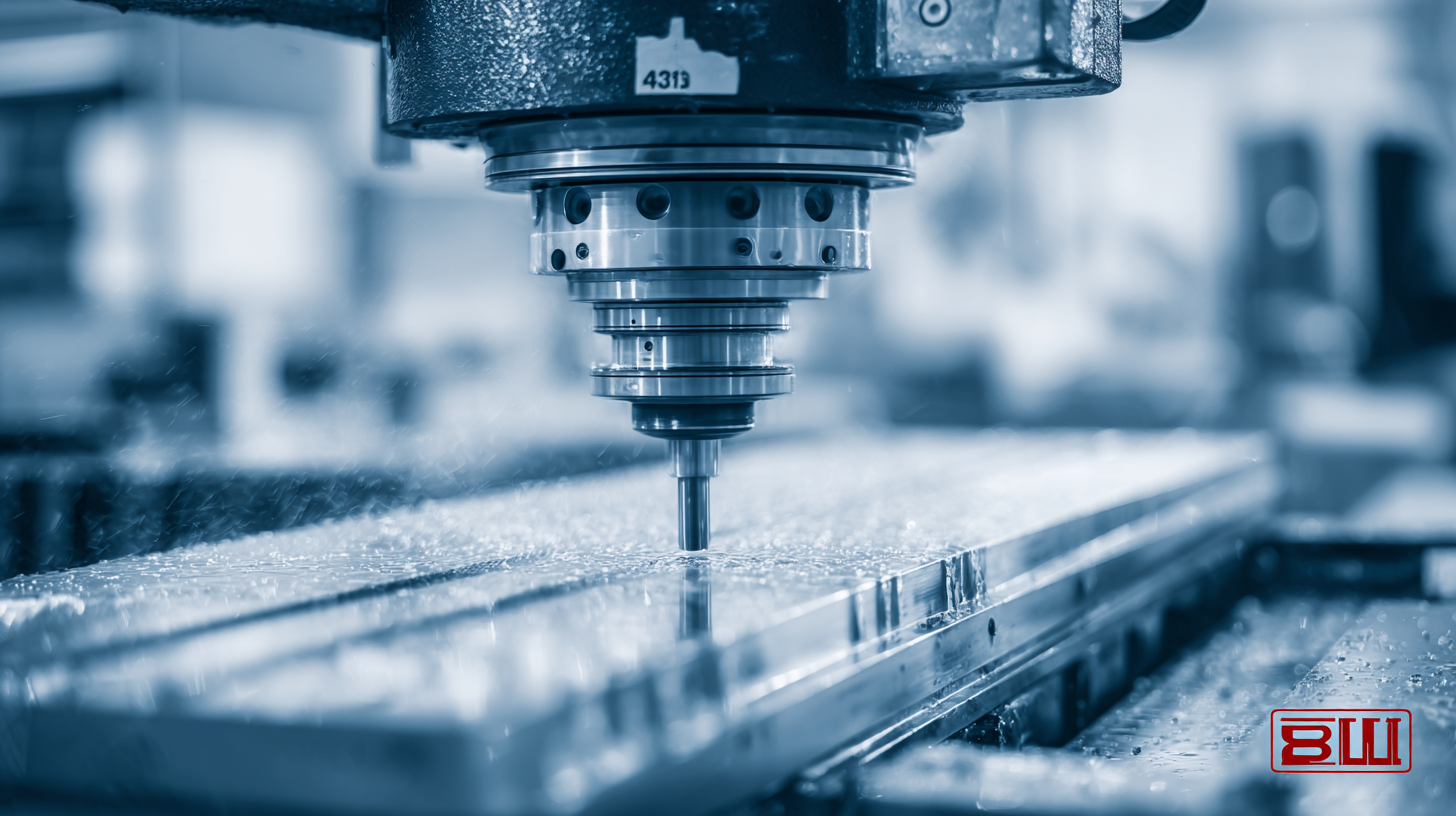Addressing Common Challenges Associated with Best CNC Equipment in Manufacturing
In today's rapidly evolving manufacturing landscape, the importance of cutting-edge CNC equipment cannot be overstated. As industries strive for greater efficiency, precision, and adaptability, the integration of advanced CNC technology becomes imperative. However, the implementation of this equipment often comes with a set of challenges that manufacturers must navigate. From technical skill gaps in the workforce to the complexities of software integration, addressing these common hurdles is crucial for fully harnessing the potential of CNC machines. As we look to the future of manufacturing, understanding these challenges and developing effective strategies to overcome them will not only enhance production capabilities but also drive innovation and competitiveness in the marketplace. This blog will explore the key issues surrounding CNC equipment and provide insights on how to tackle them, ensuring that manufacturers are well-prepared for the future.

Understanding the Essential Features of Top CNC Equipment in Manufacturing
When it comes to CNC equipment in manufacturing, understanding the essential features is crucial for selecting the right machinery. Top CNC equipment typically marries precision with versatility, allowing manufacturers to produce intricate designs with unmatched accuracy. Look for machines equipped with high-speed spindles and robust control systems, as these are pivotal for reducing production time while maintaining exceptional quality.
Tip: When evaluating CNC equipment, consider the software compatibility and user interface. A machine that integrates easily with commonly used design software can streamline your operations, reducing the learning curve for your team and increasing overall productivity.
Another key feature is the machine's ability to handle a variety of materials, from metals to composites. This flexibility not only enhances production capabilities but also allows manufacturers to adapt to changing market demands without hefty investments in new equipment.
Tip: Invest in machines that offer modular tooling options, as these can significantly expand your manufacturing capabilities without necessitating a complete overhaul of existing setups. Being able to switch tools quickly can greatly enhance workflow efficiency and reduce downtime.

Overcoming Common Setbacks in CNC Machine Operation for Enhanced Efficiency
In the world of manufacturing, CNC (Computer Numerical Control) machines have revolutionized production efficiency. However, achieving optimal performance from these machines often presents several challenges. A study by the National Institute of Standards and Technology indicated that up to 50% of CNC machine downtime can be attributed to common operational setbacks, including tool wear, programming errors, and maintenance issues. Addressing these shortcomings is crucial for manufacturers aiming to enhance overall productivity and reduce costs.
One effective way to overcome these setbacks is through regular training for operators. Research from the Association for Manufacturing Technology shows that well-trained operators can increase machine efficiency by as much as 20%, which translates into significant cost savings and improved output. Additionally, implementing predictive maintenance strategies can mitigate unexpected breakdowns. A report from Deloitte highlights that predictive maintenance can reduce equipment failure by up to 30%, thereby ensuring smoother operations and maximizing the lifespan of CNC machinery. With these proactive measures, manufacturers can minimize disruptions and fully leverage the capabilities of their CNC equipment.
Innovative Solutions to Maximize CNC Equipment Lifespan in Modern Manufacturing
In the realm of modern manufacturing, effectively addressing the common challenges associated with CNC equipment is vital for maximizing productivity and extending the lifespan of machinery. One of the innovative solutions for achieving this goal is the implementation of advanced monitoring systems that can provide real-time insights into machining operations. Through integrated force sensors, manufacturers can closely monitor the loads applied during machining processes, thereby enhancing precision and reducing wear on equipment parts. This proactive approach allows for timely interventions, decreasing the likelihood of unexpected failures and costly downtimes.
Moreover, leveraging artificial intelligence within CNC operations can significantly improve the overall efficiency of manufacturing processes. AI algorithms can analyze vast amounts of data collected from CNC machines to identify potential performance anomalies and suggest optimal maintenance schedules. This not only enhances operational performance but also drives sustainability by minimizing waste and energy consumption. As manufacturers embrace these digital solutions, they can navigate the complexities of modern production environments while ensuring that their CNC equipment continues to deliver optimal results over its lifespan.
Maximizing CNC Equipment Lifespan: Common Challenges and Innovative Solutions
The Role of Automation in Solving CNC Equipment Challenges
The integration of automation solutions is essential in tackling the challenges faced by CNC (Computer Numerical Control) equipment, particularly in high-mix, low-volume job shops. As manufacturers look to modernize their operations, collaborative robots and automated grippers play a pivotal role in enhancing productivity and flexibility. With advanced automation, CNC machines can transition seamlessly between tasks, reducing the need for manual intervention and minimizing downtime.
**Tips:** To maximize the benefits of automation in CNC environments, start by assessing the specific needs of your operation. Implementing flexible gripper systems can significantly increase the adaptability of your CNC machines, allowing them to handle various tasks without extensive reconfiguration. Additionally, exploring AI-driven solutions can provide deeper insights into your production processes, enabling real-time adjustments and improving overall efficiency.
Incorporating digital solutions such as digital twins can also revolutionize manufacturing pathways. By simulating operations in a virtual space, manufacturers can identify inefficiencies before they become costly issues. Understanding and embracing these technological advancements can lead to greater competitive edge and operational excellence in the evolving landscape of CNC manufacturing.

Future Trends in CNC Technology to Streamline Manufacturing Processes
The manufacturing landscape is rapidly evolving, primarily driven by advancements in CNC technology and the integration of digital manufacturing processes. As industries embrace these innovations, we observe a notable shift towards more flexible and efficient production methods. Specifically, additive manufacturing, commonly known as 3D printing, is revolutionizing how products are designed and produced. This technology allows manufacturers to create complex geometries and customized components that traditional methods cannot achieve, significantly enhancing both productivity and innovation.
Moreover, the trend towards digitalization is reshaping manufacturing processes even further. The incorporation of IoT and AI technologies not only facilitates real-time monitoring and data analysis but also optimizes machine performance and productivity. As the industry moves towards more automation, tools such as enhanced CNC software are being developed to streamline production activities and improve interoperability. This future-oriented approach is setting the stage for a more agile manufacturing environment, enabling companies to react swiftly to market demands while maintaining high-quality standards. The intersection of these technologies positions manufacturers to not only adapt to current challenges but also to thrive in the rapidly changing industrial landscape.
